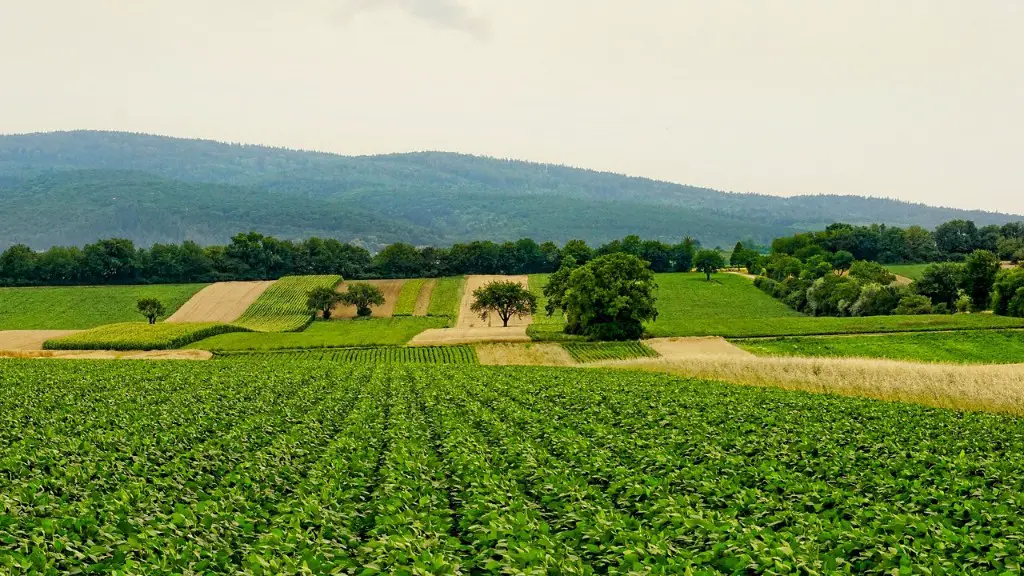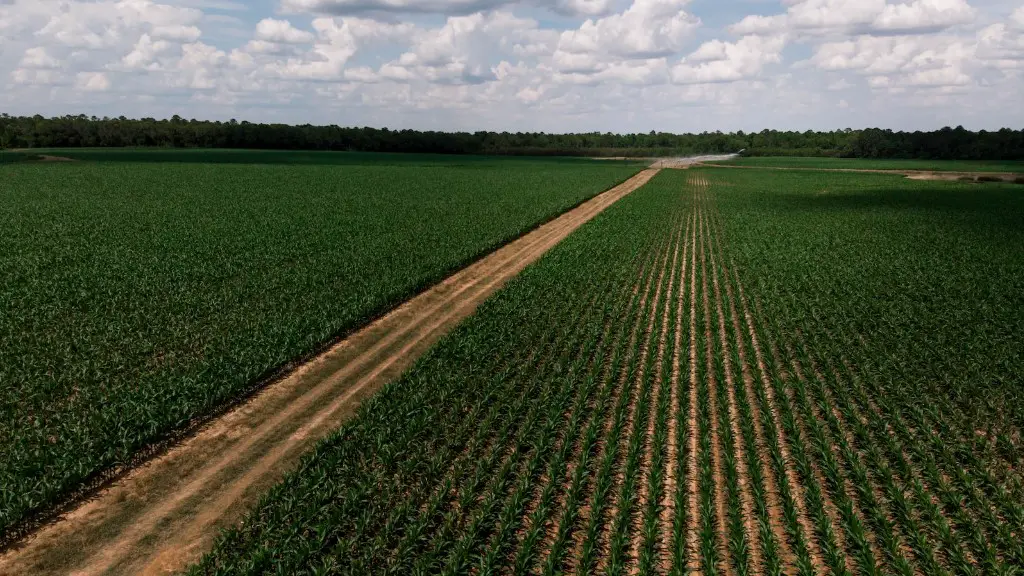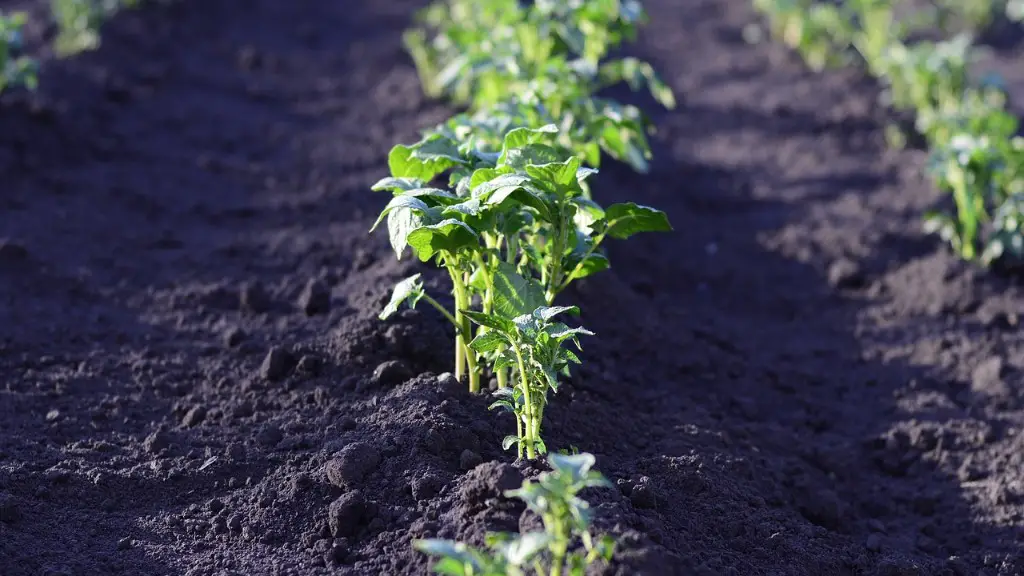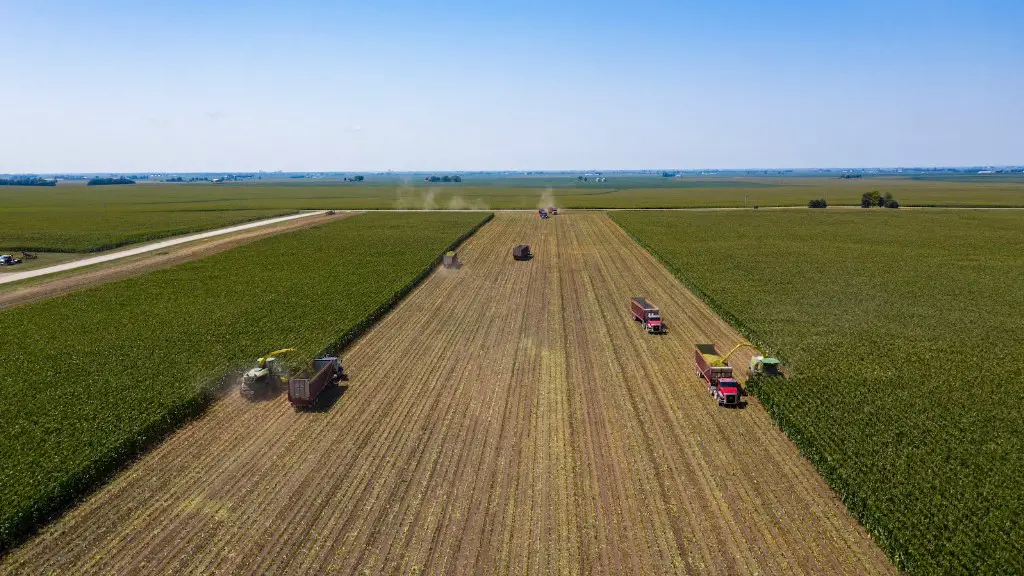How Sustainable Agriculture Can Be Achieved
Sustainable agriculture is the practice of farming in a way that protects soil, air and water health, conserves resources and produces food in an economically viable way. Different methods and strategies exist to achieve this goal, including the use of renewable resources, crop rotations, crop and livestock diversification, integrated nutrient management, and soil and water conservation practices.
Agricultural ecology is an important element of sustainable farming. The integration of plants and animals into a balanced crop and animal rotation helps promote a healthy agroecosystem. Legume-based rotations, such as those used in organic production, improve soil fertility and significantly reduce the need for artificial fertilizers.
Crop diversification can help break the cycle of pest and disease outbreaks and reduce the use of synthetic chemicals. Livestock diversification, in which animals are included in crop rotations, can also improve soil health and reduce the risk of soil erosion.
Integrated nutrient management, that integrates several sustainable management practices such as cover crops, intercropping, and mulching, provides an efficient use of nutrients and reduces the potential for losses to the environment. This can be achieved by protecting the soil from direct impacts from heavy rainfall, preventing the leaching of nutrients and reducing soil erosion.
In addition, soil and water conservation practices such as contour farming and conservation tillage provide significant benefits to the environment by reducing runoff and erosion, improving water infiltration and promoting water conservation. These practices also improve soil quality, reduce the need for excessive irrigation and can significantly increase crop yields.
Overall, sustainable agriculture can be achieved through the use of agroecological strategies to promote crop and livestock diversification, integrated nutrient management and soil and water conservation practices.
Types of Sustainable Agriculture
Sustainable agriculture encompasses a range of farming practices that can be applied to different agroecosystems. These practices include organic farming, conservation tillage, and agroforestry.
Organic farming systems are based on the use of organic amendments such as compost, green manures, crop rotations, and the integration of living organisms such as earthworms to enhance soil fertility. This type of farming system has been shown to improve soil health and can reduce soil erosion and water pollution.
Conservation tillage is another technique used to reduce soil erosion and improve soil health. In this system, crop residues are left on the soil surface and no-till planting is used. This helps to reduce the amount of tillage required, while improving soil structure and the infiltration of water into the soil.
Agroforestry is another type of sustainable agriculture, which integrates trees and shrubs into farmland to provide a range of benefits, such as nitrogen fixation and carbon sequestration. Tree-crop mixtures can also help improve soil fertility, water conservation and wildlife habitat.
Overall, different types of sustainable agriculture can be used to achieve different goals, depending on the agroecosystem and local context.
The Benefits of Sustainable Agriculture
Sustainable agriculture has numerous benefits for the environment, human health and the economy. These benefits include improved soil health, enhanced crop yields and reduced water use.
The integration of ecological principles into agricultural systems has been shown to improve soil health by increasing soil organic matter, improving water infiltration, reducing soil erosion and improving plant growth. These benefits are especially important in arid and semi-arid regions where soil degradation is a major problem.
Sustainable agriculture can also result in higher crop yields. The use of organic inputs, such as compost and green manures, can significantly improve soil fertility, resulting in higher crop yields. The use of legume-based rotations and crop diversification can also improve the organic matter content of the soil, which can increase crop yields and reduce the need for expensive synthetic fertilizers. Additionally, the use of cover crops and intercropping can decrease weed populations, reduce pest and disease outbreaks and improve soil health.
Finally, sustainable agriculture can reduce water use by improving soil structure and promoting infiltration. This helps to slow down water runoff and reduce the amount of water required for irrigation. For example, conservation tillage systems can reduce water runoff by up to 40%, reducing the demand for scarce water resources. Overall, sustainable agriculture can provide significant benefits to the environment, human health and the economy.
Techniques and Practices Used in Sustainable Agriculture
The techniques and practices used in sustainable agriculture vary depending on the type of systems. These techniques include the use of organic inputs, crop, livestock and tree diversification, and the integration of soil fertility practices.
Organic inputs, such as compost, green manures and animal manures, can be used to improve soil fertility and increase crop yields. Compost and animal manures can also provide important nutrients to the soil and reduce the need for synthetic fertilizers. Additionally, organic fertilizers can help to improve soil structure and reduce the risk of erosion.
Crop and livestock diversification can be used to reduce the risk of pest and disease outbreaks, break disease cycles and improve soil health. Examples of crop diversification include intercropping and cover cropping. Livestock diversification can also be beneficial, as it increases the number of animals in the system, resulting in improved nutrient cycling and reduced soil erosion.
Integrated nutrient management techniques can also be used to reduce the risk of water pollution and improve soil health. These techniques include crop rotation, cover cropping and the use of animal manures. These practices can help to reduce the need for synthetic fertilizers and improve the efficiency of nutrient cycling in the soil.
Overall, there are a range of techniques and practices that can be used in sustainable agriculture. They vary depending on the agroecosystem, but they all have the potential to improve soil fertility and reduce the risk of water pollution.
Challenges Facing Sustainable Agriculture
While sustainable agriculture has many benefits, there are several challenges that need to be addressed in order to ensure its success. These challenges include a lack of knowledge and understanding of the principles of sustainable agriculture, and a lack of incentives for farmers to adopt sustainable practices.
The lack of knowledge and understanding of sustainable agriculture is one of the biggest challenges facing the adoption of these practices. Many farmers are not aware of the multiple benefits of sustainable agriculture and are hesitant to adopt these practices. In addition, there is also a lack of access to information and resources on sustainable agriculture. Without adequate awareness and access to resources, there is little incentive for farmers to implement these practices.
Another major challenge is the lack of incentives for farmers to adopt sustainable practices. Many farmers lack access to credit, training, and other resources they need to transition to sustainable farming. Additionally, sustainable agriculture systems are often more labor-intensive and require more intensive management than conventional systems, so farmers may be reluctant to adopt these practices.
Finally, there is also a lack of policies and regulations to support the transition to sustainable agriculture. Without adequate government and private sector investments, the adoption of these practices will remain limited.
Overall, there are many challenges that need to be addressed in order to ensure the successful transition to sustainable agriculture. These challenges include a lack of knowledge, access to resources, incentives, and government and private sector investment.
Conclusion
Sustainable agriculture is an important step towards a more sustainable future. It can provide numerous benefits to the environment, human health and the economy. Different types of sustainable agriculture, such as organic farming, conservation tillage and agroforestry, can be used to achieve different goals depending on the agroecosystem and local context. However, there are also several challenges that need to be addressed in order to ensure the successful transition to sustainable agriculture. These include a lack of knowledge and understanding, a lack of incentives and resources, and a lack of government and private sector investment.





